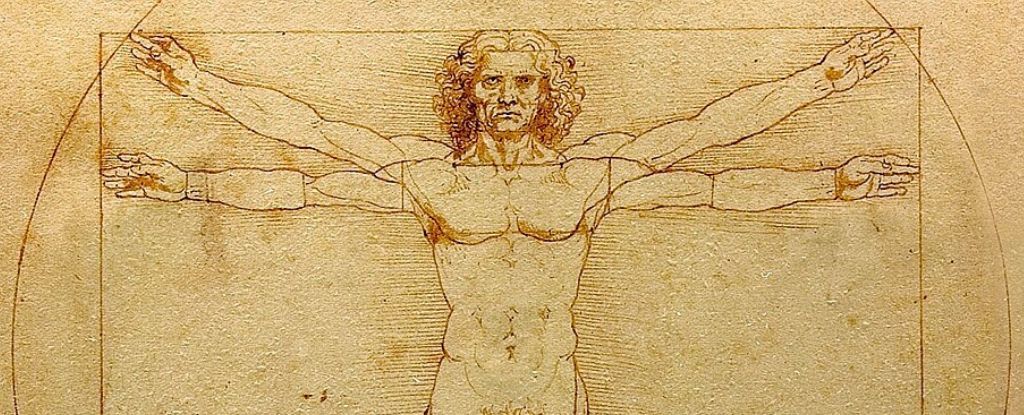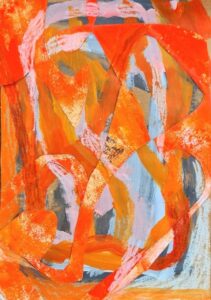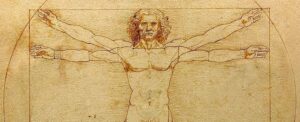
Leonardo da Vinci’s iconic drawing, the Vitruvian Man, may have concealed a mathematical mystery for over 500 years. Recent research by London dentist Rory Mac Sweeney uncovers a hidden detail that could explain the sophisticated proportions of this renowned artwork, drawn in 1490. Mac Sweeney’s findings are reported in the Journal of Mathematics and the Arts.
The Vitruvian Man, inspired by the writings of Roman architect Vitruvius, visually represents the ‘ideal’ human body. According to Vitruvius, a perfect human should fit within both a square and a circle. Da Vinci’s drawing captures this concept with a square framing a ‘cruciform pose’ and a circle that accommodates an extended posture. Despite many theories, including the popular Golden Ratio, the precise reasoning behind da Vinci’s proportions remained elusive.
Mac Sweeney’s investigation led him to a significant detail hidden in the drawing’s crotch area: an equilateral triangle. He asserts that this geometric shape may hold the key to understanding the intricate design of the Vitruvian Man. In his analysis, he cites da Vinci’s own notes, where the artist described the relationship between the legs and the upper body, suggesting that the space between the legs forms an equilateral triangle when positioned correctly.
Upon calculating the dimensions of this triangle, Mac Sweeney discovered that the ratio of the spread between the feet and the height of the navel is approximately 1.64 to 1.65. This figure closely aligns with the tetrahedral ratio of 1.633, a geometric principle established in 1917. This ratio is significant in various fields, particularly in understanding the optimal arrangement of spheres, such as in crystal structures.
Mac Sweeney draws parallels between this geometric ratio and Bonwill’s triangle, a concept used in dentistry since 1864 that determines the optimal positioning of the human jaw. He posits that the similarities between these ratios are not coincidental, suggesting that human anatomy may have evolved around geometric principles that are found throughout nature.
The implications of Mac Sweeney’s findings are profound. He argues that if the tetrahedral ratio is indeed reflected in human proportions, it indicates that da Vinci may have intuitively grasped a universal principle while creating the Vitruvian Man. As Mac Sweeney states, “The same geometric relationships that appear in optimal crystal structures, biological architectures, and Fuller’s coordinate systems seem to be encoded in human proportions.”
While the scientific community’s response to Mac Sweeney’s claims remains to be seen, the fact that da Vinci referenced the equilateral triangle in his notes highlights its potential significance. This new interpretation adds another layer to the already rich tapestry of analysis surrounding one of art history’s most scrutinized works. As interest in the intersection of art and mathematics continues to grow, this discovery may inspire further exploration into the geometric foundations of artistic expression.







